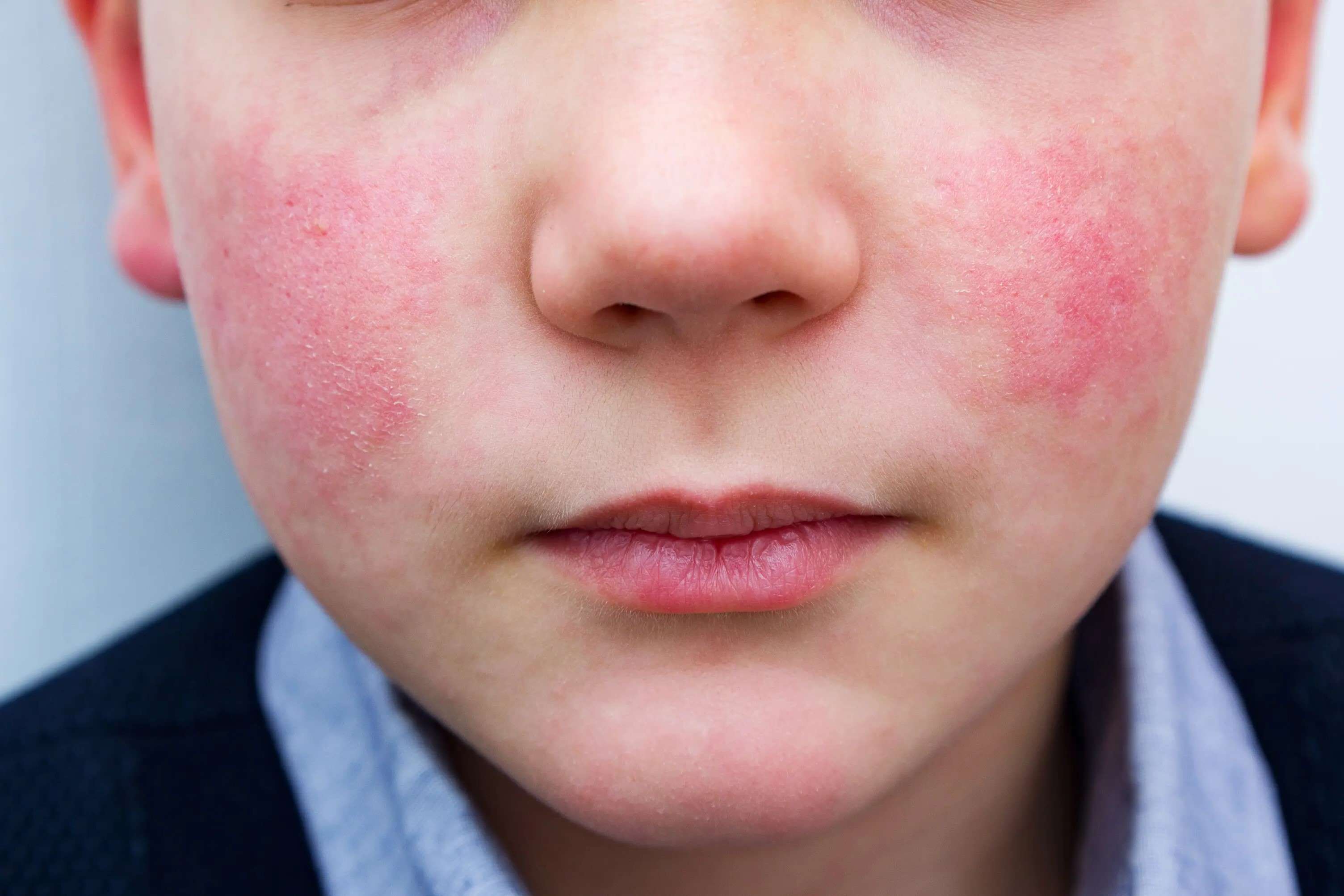
Ichthyosis Cheek Eyebrow might sound like a tongue twister, but it's a real condition affecting many people worldwide. This rare skin disorder causes dry, scaly patches, often appearing on the cheeks and eyebrows. But what exactly is Ichthyosis? It's a group of genetic skin disorders characterized by thick, dry, and scaly skin. The word "ichthyosis" comes from the Greek word "ichthys," meaning fish, because the skin can resemble fish scales. Why does it happen? Mutations in specific genes disrupt the skin's ability to shed dead cells, leading to the buildup of thick, flaky skin. How common is it? While rare, it affects people of all ages, races, and genders. Understanding this condition can help those affected manage symptoms better and raise awareness for more research and support.
Key Takeaways:
- Ichthyosis is a rare skin disorder with over 20 types, causing dry, scaly skin. Treatment includes moisturizers, gentle exfoliation, and bathing practices to manage symptoms and improve quality of life.
- Living with ichthyosis can bring unique challenges, such as social stigma and temperature sensitivity. Research is ongoing to develop new treatments and provide support for those affected.
What is Ichthyosis?
Ichthyosis is a group of skin disorders characterized by dry, scaly skin. The name comes from the Greek word for fish, as the skin often resembles fish scales. Here are some fascinating facts about this condition.
-
Ichthyosis is Rare: Affecting only about 1 in 250 people, it is considered a rare condition.
-
Genetic Origins: Most forms of ichthyosis are inherited, meaning they are passed down from parents to children through genes.
-
Over 20 Types: There are more than 20 different types of ichthyosis, each with its own set of symptoms and severity levels.
-
Common Type: Ichthyosis vulgaris is the most common form, accounting for nearly 95% of all cases.
-
Symptoms at Birth: Some types, like Harlequin ichthyosis, are evident at birth, while others may not appear until later in life.
Symptoms and Diagnosis
Understanding the symptoms and how ichthyosis is diagnosed can help in managing the condition effectively.
-
Dry, Scaly Skin: The hallmark symptom is dry, scaly skin that can appear anywhere on the body.
-
Thickened Skin: In severe cases, the skin can become thickened and cracked, leading to discomfort and pain.
-
Itching and Redness: Many people with ichthyosis experience itching and redness, which can be particularly bothersome.
-
Diagnosis Through Skin Biopsy: A skin biopsy can help diagnose ichthyosis by examining the skin cells under a microscope.
-
Genetic Testing: Genetic tests can identify specific mutations responsible for the condition, aiding in diagnosis and treatment planning.
Treatment and Management
While there is no cure for ichthyosis, various treatments can help manage the symptoms and improve quality of life.
-
Moisturizers: Regular use of moisturizers can help keep the skin hydrated and reduce scaling.
-
Exfoliation: Gentle exfoliation can remove dead skin cells, making the skin feel smoother.
-
Prescription Creams: Doctors may prescribe creams containing retinoids or other medications to help manage symptoms.
-
Bathing Practices: Soaking in lukewarm water and using mild soaps can help maintain skin moisture.
-
Humidifiers: Using a humidifier at home can add moisture to the air, which can be beneficial for the skin.
Impact on Daily Life
Living with ichthyosis can present unique challenges, but understanding these can help in finding effective coping strategies.
-
Social Stigma: Visible skin conditions can lead to social stigma and emotional distress.
-
Clothing Choices: People with ichthyosis often need to choose clothing that is soft and non-irritating.
-
Temperature Sensitivity: Many individuals with ichthyosis are sensitive to temperature changes, which can exacerbate symptoms.
-
Daily Skincare Routine: Maintaining a daily skincare routine is crucial for managing symptoms and preventing complications.
-
Mental Health: The emotional impact of living with a chronic skin condition can affect mental health, making support and counseling important.
Research and Future Directions
Ongoing research aims to better understand ichthyosis and develop more effective treatments.
-
Gene Therapy: Scientists are exploring gene therapy as a potential treatment for genetic forms of ichthyosis.
-
New Medications: Research is ongoing to develop new medications that can more effectively manage symptoms.
-
Patient Registries: Patient registries help researchers collect data and improve understanding of the condition.
-
Clinical Trials: Participation in clinical trials can provide access to new treatments and contribute to scientific knowledge.
-
Support Networks: Organizations and support groups provide valuable resources and community for those affected by ichthyosis.
Final Thoughts on Ichthyosis Cheek Eyebrow
Understanding Ichthyosis Cheek Eyebrow helps in recognizing the challenges faced by those with this condition. It's more than just a skin issue; it affects daily life and self-esteem. Awareness and empathy can make a big difference. Treatments have advanced, offering relief and better quality of life. Regular moisturizing, specialized skincare routines, and medical treatments are key. If you or someone you know has this condition, consulting a dermatologist is crucial. Support groups and online communities can provide emotional support and practical advice. Remember, knowledge is power. The more we learn about conditions like Ichthyosis Cheek Eyebrow, the better we can support those affected. Stay informed, stay compassionate, and spread awareness.
Frequently Asked Questions
Was this page helpful?
Our commitment to delivering trustworthy and engaging content is at the heart of what we do. Each fact on our site is contributed by real users like you, bringing a wealth of diverse insights and information. To ensure the highest standards of accuracy and reliability, our dedicated editors meticulously review each submission. This process guarantees that the facts we share are not only fascinating but also credible. Trust in our commitment to quality and authenticity as you explore and learn with us.
